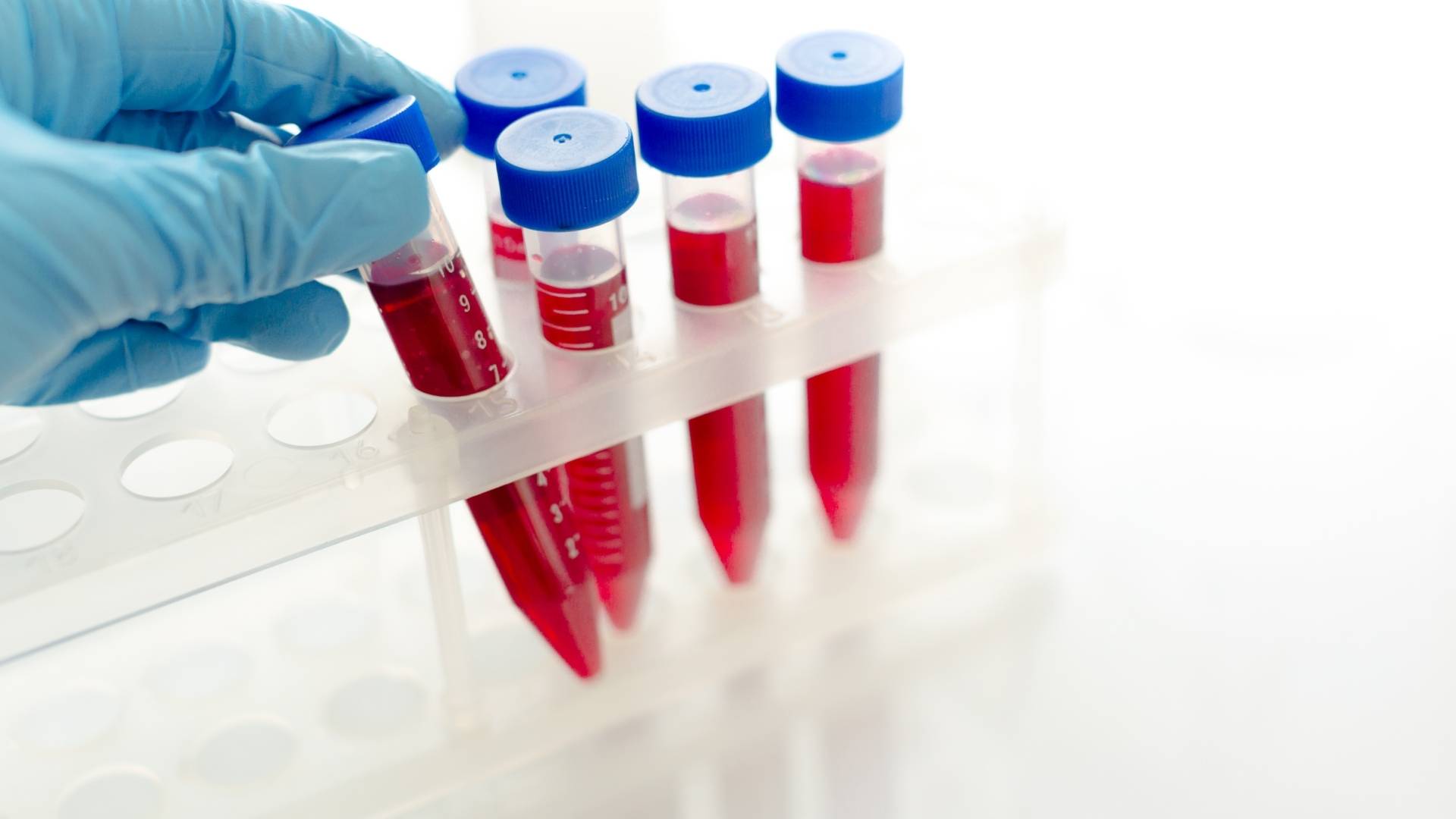Atopic dermatitis (also called atopic eczema or neurodermatitis) is an inherited immune disease of the skin more and more common among the population. Although atopic dermatitis can occur in all ethnic groups and anywhere in the world, an increase in the incidence of this disease is observed in urban areas and in developed countries (and industrialized).
This condition can affect infants, (small) children, adolescents or adults (however rare). It is observed that some families are more affected by atopic dermatitis than others (important genetic factor). The disease occurs mostly during childhood.
In this disease, there is a malfunction of the skin which makes the skin more sensitive to environmental irritations (cold, heat, dry air), allergies and infections. It is important to remember that the skin is the first barrier defense between our bodies and the environment.
The cause of atopic dermatitis is not yet fully known, however it is estimated that it could be hereditary origins (genetic cause), or extern factors such as:
- food (eggs, nuts)
- allergenic agents (pollen, animal hair, dust mites);
- climate: temperature and humidity;
- mental state (eg stress can have a triggering effect)
- immune weakness
- sweating
- infectious agents (favored by itching)
- injuries and pollutants
- dry skin.
Generally the symptoms of atopic dermatitis appear before the age of 5, often from the age of 3 months, it is called atopic dermatitis in infants. In this case we observe patches of eczema that are not well defined at the beginning, usually on the face, and later on other parts of the body (eg. skin folds such as the wrists). Atopic dermatitis may decrease at the age of 3-5 years or continue for many years and even into adulthood, most of the time, however, the disease disappears in adolescence.
The main symptoms of atopic dermatitis: dry skin, often red patches of eczema, pruritic lesions (strumming) and infections (such as when the person scratches too much).
Therefore, one has to avoid scratching not to enter a vicious circle: the patches of eczema turn into infectious plates, they are painful and itch even more (which obviously makes it worse), etc. If there is an infection, one needs to consult a physician (pediatrician, general practitioner, dermatologist or specailist in infectious disease).
It is interesting to note that the disease may appear per period. For several months the person has no symptoms and then suddenly the symptoms reappear.
Diagnosis for atopic dermatitis is usually done by a clinical examination and anamnesis (medical history). The search for the cause (eg. Allergies) is essential in the treatment of atopic neurodermatitis. Allergic tests can be performed by the doctor to identify a possible allergic cause. The first treatment to have, is to moisturize the skin with special creams or lotions to treat dry skin. Urea creams are particularly efficient.
Stronger treatments can be used as corticoids or antihistamines with a specific action against atopic dermatitis. Medicinal plants have not shown so far a scientifically proven efficiency.
Some good advices can complete treatment and have a preventive effect as to prevent scratching or to have a balanced diet.








